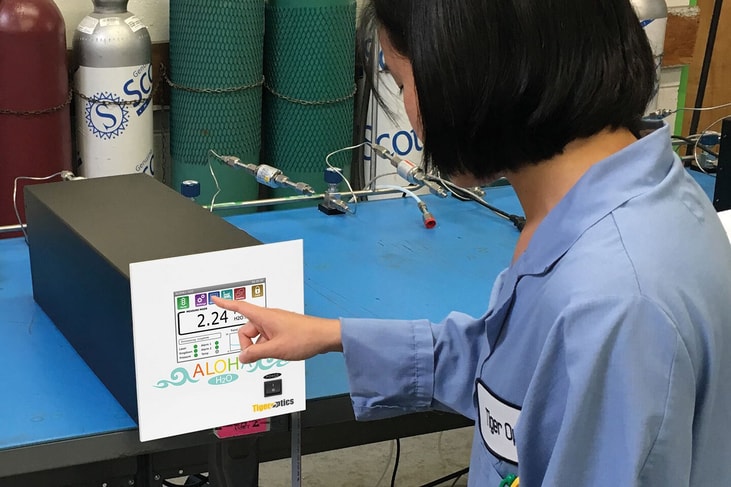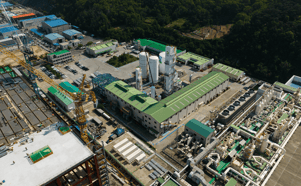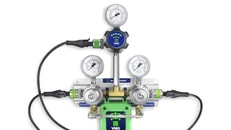Tiger Optics helps enable The Internet of Things
The era called The Internet of Things (IoT) began almost eight years ago, according to Cisco Internet Business Solutions Group, which defines it as a period when humans are outnumbered by physical devices connecting to the Internet. Unquestionably, the proliferation of such devices is exponential.
As Drew Thomson, Tiger Optics’ global product manager for electronics, says, “The IoT relentlessly drives more and more people to connect with an expanding number of wireless devices to access an ever increasing number of applications.”
Yet consumers, dazzled by the era’s many benefits and futuristic promise, may know little about the undergirding elements and might be surprised that high-purity ammonia (NH3) is a critical building block for the powerful chips that make it all possible. The IoT encompasses a wide range of uses, from self-driving cars to smart power grids and ubiquitous smart phones. Many of the devices are lit by High Brightness (HB) LEDs that also rely on ammonia as the favored source of nitrogen for the production of a key component.
... to continue reading you must be subscribed























